Sask. Duck Lake area is steeped in joy, passion for nature, lessons of the past
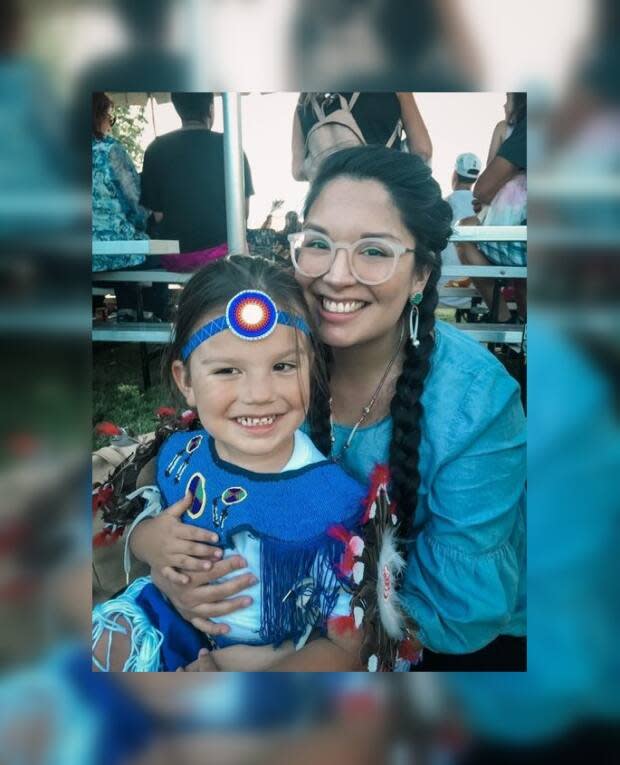
CBC's virtual road trip series Land of Living Stories explores the hidden gems across Saskatchewan.
Much of the beauty of Saskatchewan lies in its people and vast fields.
All experiences of those who live here are unique in their own way, but a few things are certain. Saskatchewan residents love the land, respect their history, and look at both the past and future with equal reverence.
Beading artist Jalynne Geddes is a perfect example.
Beardy's and Okemasis Cree Nation is located in central Saskatchewan, 12 kilometres from Duck Lake and 96 kilometres northeast of Saskatoon. Beardy's is situated near the national historic sites of Fort Carlton and Batoche — home of the Riel Resistance.
Geddes was raised on Beardy's. She lived there until she was 16, when her family relocated to Saskatoon. Today she lives in Portland, Oregon, with her husband Dustin Geddes and their two young children, but not a day goes by that Geddes does not think of her family back home on Beardy's, and the stories and tradition she carries.
"I remember just growing up in the fresh air and running around in the grass and playing with my friends and with my cousins. I'm away from my community now and my son doesn't have the same thing," said Geddes.
The young mother says she took much of her childhood experience on Beardy's for granted.
"Now that I'm raising my children away from our community, I [think] I couldn't realize back then what a blessing it was to go to school and and hear teachers speaking Cree to one another. You don't realize what a gift that was, especially as you get older and you learn what our parents' generation and our grandparents, what they went through."
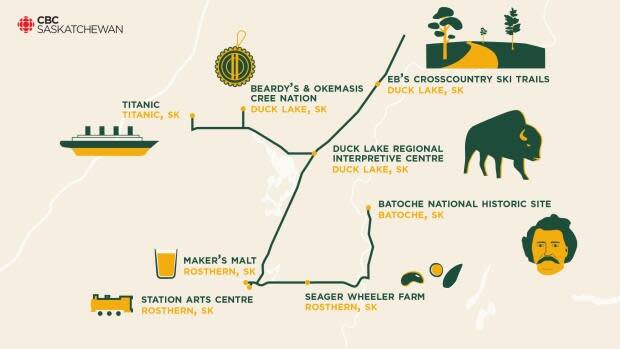
Geddes is rarely without a smile. Her outlook on life is directly tied to growing up on the reserve.
"We hear a lot about the intergenerational trauma. But there is intergenerational joy too. And I feel like I witnessed so much of that. The biggest legacy I want my children to know is joy," said Geddes.
Geddes and her family go to the Beardy's powwow every year and visit family. She says her and her husband always drive around the area around to show her young children "where mommy grew up."
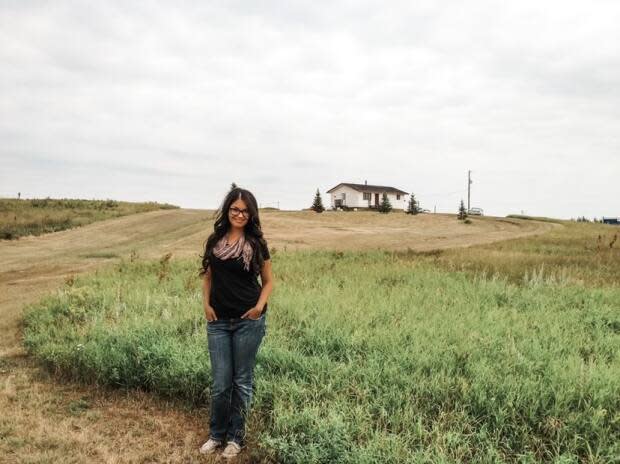
Beading stories
Geddes' mother taught her how to bead when she was a little girl. Today, she does deeply personal stitch beading, mostly creating earrings, medallions and necklaces.
Her business Nehiyanahk Creations is intertwined with her Cree culture.
"I've always had this deep desire to know the names of my ancestors and to know them," she said. "And it's really hard for First Nations people to do that partly because we were oral historians."
Geddes says beading connects her to her ancestors in a very real way.
"I don't know their names, but they know my name. I can show them love and show them gratitude by being a storyteller."
Geddes says she always begins a new piece of jewlery with a story and an intention in her head. Geddes' father — who currently lives in Saskatoon — helps her find the perfect Cree name for each of her creations. One of her favourite pieces is an earring set called Nânapo, which means 'both of them' in Cree.
"I knew that at the time I had been feeling that I had these separate parts of me that weren't competing. They were in harmony."
Geddes is a Christian and says her faith is a big part of who she is.
"But I also know the trauma that has happened to my people because the residential schools were in conjunction with with the Christian system. But that's a part of who I am. And then I have my culture. And you wouldn't think those two mix. And maybe for some people at this point those things can't for them."
But Geddes says her culture and her faith do mix for her, and the Nânapo earrings represent that duality.
"At the top [of the design] is the focal bead of the Creator. Because the Creator knew what was in my soul and he and I knew that those two things can be in harmony for me."
The earrings can represent any duality the owner of them may have. Geddes says many feel pulled between motherhood and career, for instance, but the two can exist together.
Titanic
In Duck Lake, there sits an unincorporated community with an unusual, but famous, name.
The settlement Titanic was originally called Mourey. But in 1912, soon after it was formed, the community's postmaster applied to have the name changed to Titanic, following the tragedy of the notorious ship earlier that year.
The settlement wasn't alone, but it was the first of nearly 30 communities across Canada that petitioned the postmaster general to change their names to Titanic that year, out of respect for the dead.
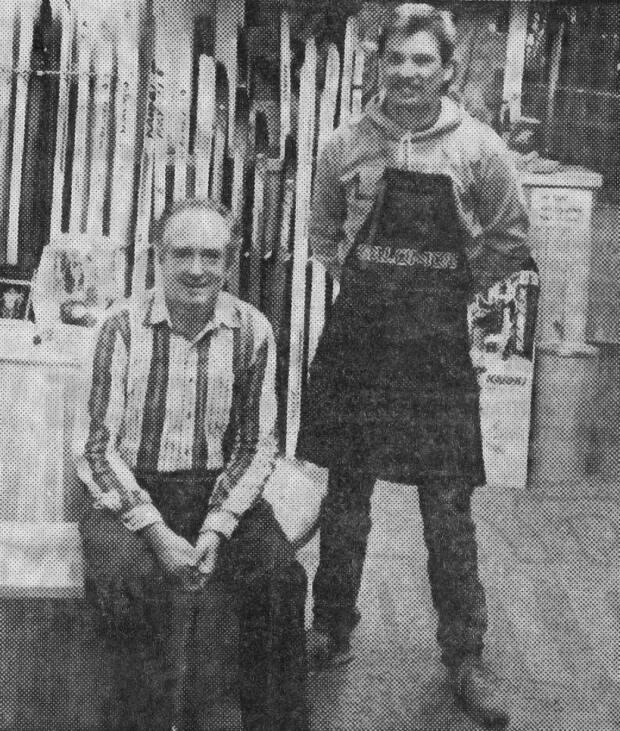
Titanic's school closed in 1959 and St. Anne Catholic Church closed in 1964. Then the post office closed in 1967.
Today, a cemetery and memorial grotto to the church that once stood can be found in Titanic, a little piece of unique Saskatchewan history.
Eb's Trails
Eberhard Fass loved to ski.
The German-born man immigrated to Canada in the 1950s. He found it hard to find equipment in Saskatchewan for the sports he loved, so in 1973 Fass built a store in Saskatoon, now called Eb's Source For Adventure. Fass sold cross country skis and sailboats, among other things.
His real passion project, however, was located 20 minutes northeast of Duck Lake: Eb's Trails.

Fass would take friends and customers up into the Nisbet Provincial Forest to ski and explore, and later, with the permission of the province, to build his own trails.
If you go there today, you will find yourself in a beautiful forest of pine trees and rolling hills. In the summer, wild roses pepper the sides of the trails.
The paths run a combined 51 kilometres, built by Fass with help from the Saskatoon Nordic Ski Club, which voluntarily runs the trails today.
Edith MacHattie knew Fass since the early 1990s. Today she works at Eb's Source For Adventure.
"He really, really loved skiing. He would go out anytime he could. He would use old wood skis. And in fact, he did a lot of the trail clearing on his skis. And one of his skis for years and years and years afterwards had a hatchet mark in it where he missed the tree."
MacHattie remembers Fass as completely committed to the sport of cross country skiing, as well as building the rugged trails.
"He did have some adventures out there. I know. He got charged by an angry bull at one point while trying to survey for for the trail and he got his distance estimates completely off because of it."
Fass died in 2020. MacHattie said he was out cross country skiing as long as he could.
"He was skiing right up until he had mobility issues. He was very involved in the ski community and he was always present at the races and he really, really kick-started cross country skiing in Saskatchewan, not just through the trails, but through all his volunteering efforts and just his passion for skiing. He just ignited that in a lot of people."
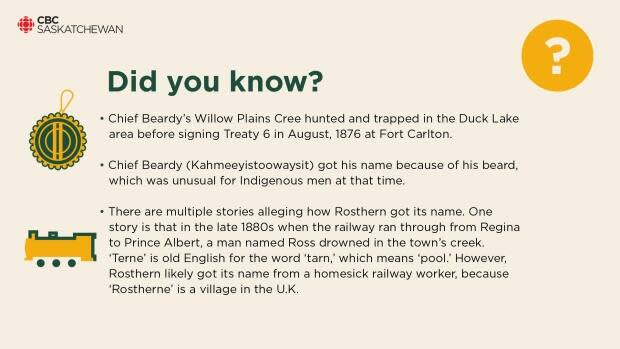
Makers Malt
When you think of Saskatchewan, the first things that might come to mind are farmland and Prairies. But many think of beer.
All that farmland provides a perfect growing space for beer ingredients like barley.
Matt Enns is the co-founder of Maker's Malt in Rosthern — 20 kilometres from Duck Lake. Maker's is the only Saskatchewan-owned malting facility in the province.
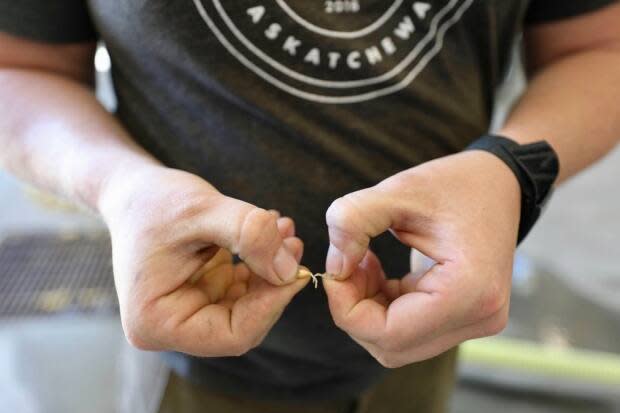
Many breweries in Saskatchewan order their specialty malts from Europe. Enns, a barley farmer, and his colleagues saw an opportunity and jumped on it, making their first commercial batch in early January 2018.
"I remember that because we had twins about eight weeks later. And so my wife definitely won't let me forget that one," Enns said.
Now, Maker's Malt has been used by nearly all Saskatchewan breweries, including Nine Mile, Malty National and Black Bride, according to Enns.
"The brewers and also their consumers saw the benefit of a local short supply chain. I mean, if you want to get barley from us, you can call me. I grew it, [my colleague] malted it, I palletised it and I'm gonna bring it out to you."
He says Maker's Malt cannot keep up with demand and will be expanding its operations this summer.
"We have fantastic infrastructure at the University of Saskatchewan with their breeding program and it's something we should all be really proud. And we try to highlight that, because beer hops are very sexy, especially in the craft world, but we're trying to do our best to make barley sexy."
Station Arts Centre
Just across the town of Rosthern sits an old CN railway station. Its not a railway museum, or a dilapidated husk. It's been converted into an art gallery, theatre playhouse and tea house.
The town owns the building, now called Station Arts Centre, which opened in its current form in 1989. It plays host to exhibitions by Saskatchewan artists, theatre and concerts.
Nicole Thiessen is director of programming at Station Arts Centre and has spent much of her life involved with the building. This is because the gallery portion of the building is named after Thiessen's mother and co-founder of Station Arts Centre, Kathy Thiessen.
Thiessen says Station Arts Centre is major hub in the Rosthern community and a joy to visit.
"It's been really amazing to see how much of a part of this community it's become, because people are really proud of it. And it brings in so many people from elsewhere. And we get to show what we're proud of here and who's all performed here or have their work on our walls."
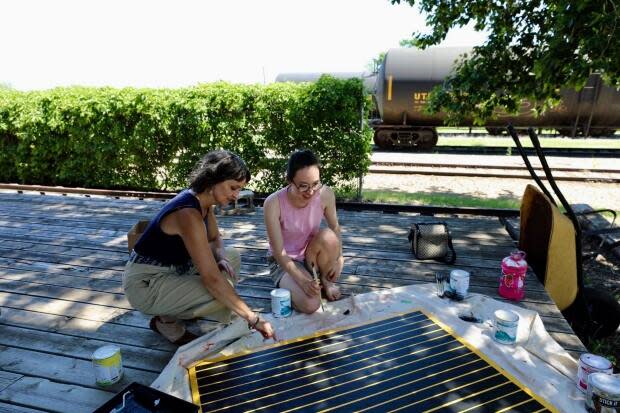
While the building is a hub for artists now, it hasn't lost its railway history. Around the back of the centre, on the original tracks, is an old caboose donated by CN.
"When the station first started, the caboose was used as a change room for the actors, because we didn't actually have change room areas," Thiessen said.
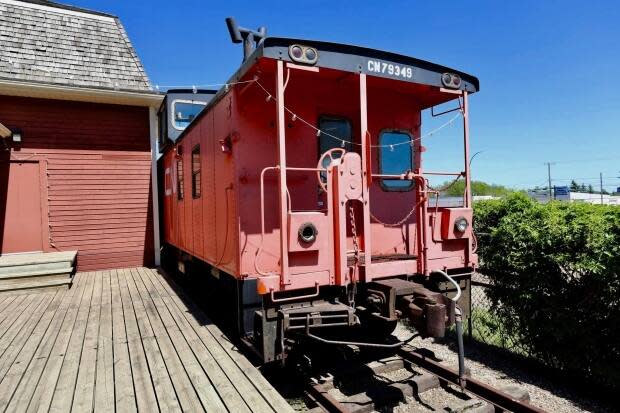
"It sat there and it performed all these different functions. Sometimes there would be a playwright or director that would go sit up top in the highest seat, just to get their thoughts together before rehearsal. So there's even this 1980s and 90s history that has great stories of how this place was changing and growing."
That change and growth will not stop anytime soon. Station Arts Centre is set to host multiple nature workshops and community art projects this summer, as locals move on from the pandemic and find the beauty in where and how they live in Central Saskatchewan.

